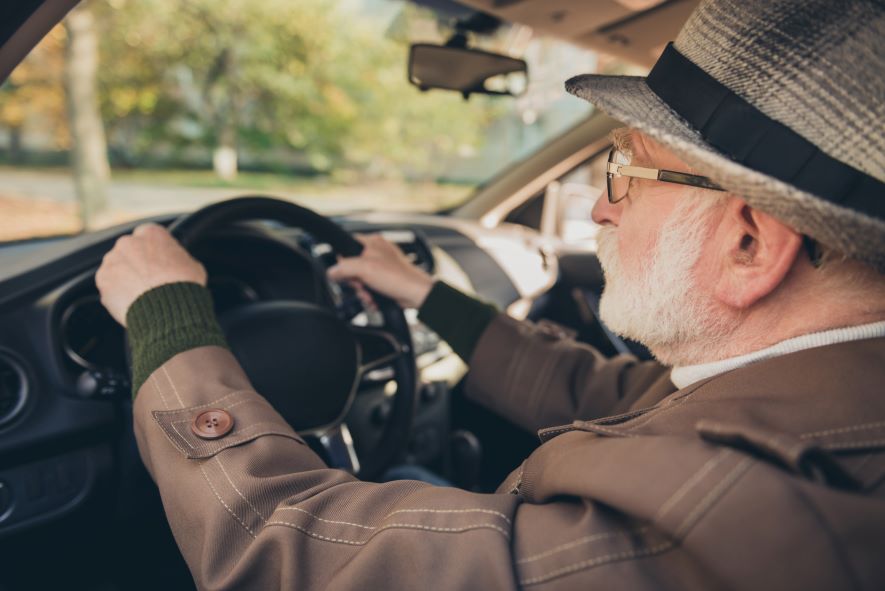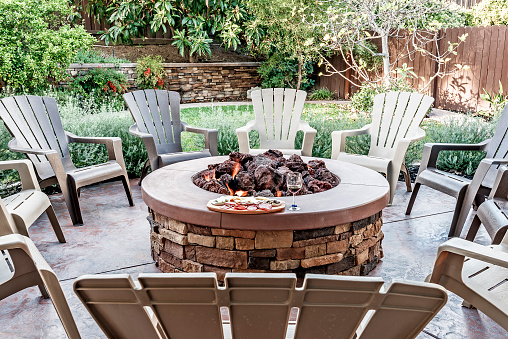The scramble to prepare before a winter storm hits is a staple of local TV news. Shots of customers rushing to the supermarket to buy extra bread and eggs, and interviews with hardware store owners who describe shovels flying off the shelves, are so familiar that they invite jokes: Why do storms compel everyone to make French Toast, and how many shovels does one family need, anyway?
However, amusing as the forecast hype can be, winter storms can cause serious damage. It’s only logical to want to be prepared for them, even if you only have a day or two.
What practical steps should you take if you learn on Wednesday that a blizzard is going to hit your town on Friday? Here’s what you can do to stay safe and warm before, during, and immediately after a winter storm.
1. Protect Your Home
What is the best way to get your home ready for severe weather, especially if you haven’t had the time to devote to long-term preparation? Consider these tips for protecting your home.
- Have product on hand to treat your exterior steps and walkways: salt, sand, cat litter, or ice melt.
- Locate your shovel, scraper, broom, or anything else you use to clear snow from your property.
- Check your smoke and carbon monoxide detectors to be sure that they and their batteries are working properly. Should your home lose power, candles and emergency heaters can increase the risk of fire and excess carbon monoxide.
- Prepare for extreme cold by applying weather stripping or tape plastic sheeting to your windows to keep out the chill.
- Prevent pipes from freezing by opening cupboard doors below sinks, and turning on taps often or leaving them running at a trickle.
- Mitigate ice damage by cleaning out your gutters (if you’re able) so water doesn’t get trapped in them and freeze. This can lead to ice dams and potential leaks.
2. Get Ready for Power Outages
While the weather is good, charge all cell phones, computers, and any other electronics you might need in the days after the storm. Also charge (or consider buying, if you don’t already own) external battery packs that extend the battery life of your phone.
Make sure you have:
- Flashlights
- Extra batteries
- Candles and matches
- Battery-powered or hand-crank radio
3. Gather Supplies
If there’s a chance you’ll be stuck at home for days (and in a bad winter storm, there is!) stock up on several days’ worth of food and water. In this step, gather the following items:
- Water (at least one gallon per person per day) for every human and animal in your household
- Food options that won’t go bad after a few days without refrigeration and don’t need to be cooked, in case your appliances aren’t working
- Non-food essentials, like toilet paper and tissues
- First aid kit and emergency supplies
- Medications you might need
- Winter clothes, like snow boots, hats, and gloves, ready to be worn
- Extra cash
Among other helpful tips, the Red Cross provides a winter storm safety checklist, which includes family contact information and personal hygiene items.
4. Identify Reliable News Sources
The calm before the storm is a good moment to identify which radio and television stations will be broadcasting emergency information for your area. If you haven’t already, download one of these apps to help keep you safe in an emergency, and follow a few Twitter accounts or Facebook pages for your local government, emergency services, or trusted meteorologists. When the weather hits, you can turn right to these sources for information rather than wondering where to find answers.
5. Check Your Car
Even if you won’t be driving in or after the storm, here are some helpful tips to consider just in case:
- Check your vehicle’s fluid levels and tire pressure
- Fill up the gas tank
- Park your car in a safe spot (e.g., not underneath a dead tree)
- Follow local laws regarding parking during a storm (e.g., alternate side parking rules)
- Remove your shovel, scraper, and other snow-removal supplies from your trunk. You won’t be able to get to them if there’s a foot of snow on top of your car.
Tip:
Storing some extra floor mats or old towels in your car can help you drive out of a spot you’re snowed into. Just place them on the snow beneath your tires for added traction. A stash of ice melt can help too.
6. Driving in a Storm
When it comes to driving in severe weather, your best move is simply to avoid it. But, if you have to, check before you leave to make sure there are no road closures, local or state travel restrictions, or traffic-snarling accidents along your route.
Before heading out into a storm, make sure your car is stocked with emergency supplies including:
- Phone charger
- Flare gun
- Warm blankets
- Extra snacks and water
Ready.gov provides guidelines for what to do if you get trapped in your car during a winter storm – e.g. turn on the engine and heater for ten minutes each hour to stay warm, and remain in your vehicle unless you know there’s a building very close to you – as well as other severe weather tips.
If you have to be out on the roads, keep in mind that winter storms can vary dramatically in areas just miles apart. Drive slowly, leave extra space between your vehicle and others, and avoid braking as much as you can. Remember that even when conditions don’t appear particularly slippery, black ice may be present on the road, and that even if you’re an experienced winter driver, other motorists may not be.
Tip:
If your car begins to spin on ice or snow, keep your steering wheel straight and don’t step on the brakes or the gas. Then, steer in the direction your back wheels are sliding.
7. Review Your Insurance Coverage
Take a few minutes before the storm to look over what your homeowners insurance and car insurance policies cover in the event of storm-related damage. If you do need to file a claim, someone from your insurance company will guide you through the process. However, you’ll feel better if you already have an idea of what type of damage may or may not be covered.
8. During the Storm
Many people prefer to shovel regularly as the snow falls, rather than all at once after the blizzard stops. (Whether you shovel during or after a storm, be cautious. There’s more on shoveling safely below.) But aside from shoveling, it’s safest to stay indoors during a storm. Ice and snow can make walking treacherous, and conditions can worsen quickly.
9. After the Storm
When shoveling and cleaning up after a storm, dress warmly and change if your clothing gets wet. Take frequent breaks and don’t over-exert yourself or try to lift heavy loads of snow.
The physical strain on the body from shoveling – or even walking in – heavy snow, combined with the way cold air constricts blood vessels, can increase the risk of a heart attack.
When driving, go slowly and carefully. Keep in mind that even if major streets are plowed, they may be narrower than you’re used to. Side streets may not be treated at all. Pedestrians may not be able to use the sidewalks if they haven’t been shoveled, so do your part behind the wheel to keep an eye out for pedestrians on foot.
If your home loses power and you’re using wood-burning or kerosene heaters, make sure the house is properly ventilated and keep flammable objects well away from fire and heating elements. If your home is uncomfortably or dangerously cold, don’t risk developing hypothermia (i.e., a body temperature below 95 F) by waiting it out. Instead, go to a friend or relative’s house or a warming center or shelter in your community.
There’s no need to panic if you’re about to get hit with severe weather, and probably no need to run over to the hardware store for more shovels. But that doesn’t mean you should be cavalier about potentially dangerous conditions. Prepare as best as you can, stay calm throughout the storm and its aftermath, and you’ll likely get through the storm just fine.
Hopefully you found these winter storm prep tips helpful, but remember when snow on the ground equaled a carefree afternoon of building snowmen and creating snow angels?
Share with us and other readers in the comments: What is your favorite snowfall memory?






